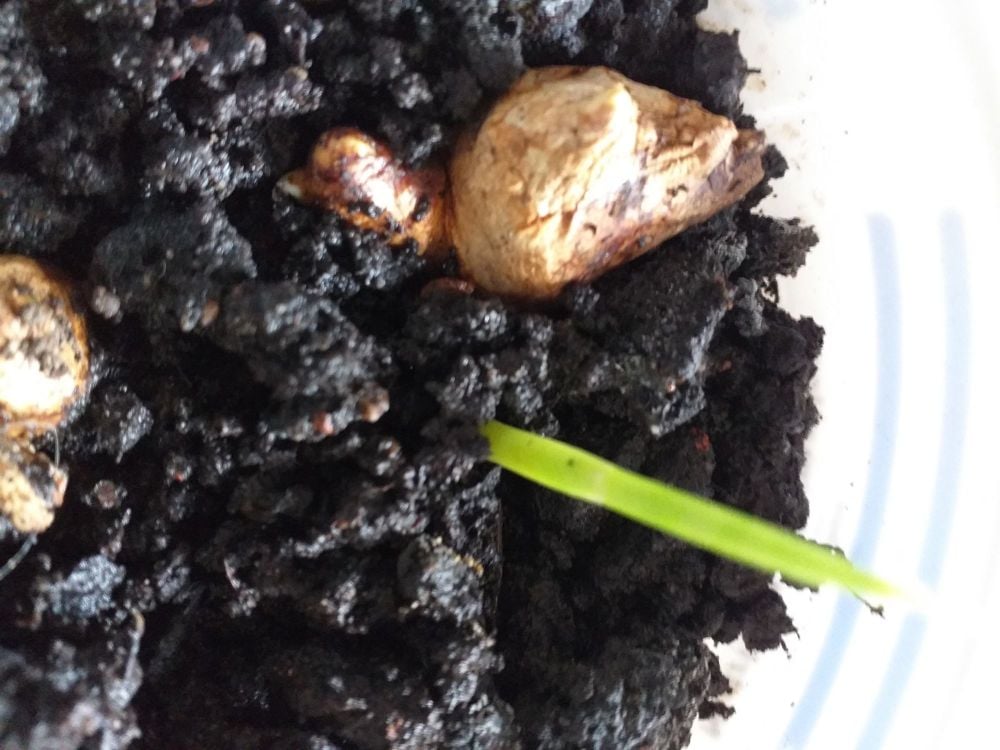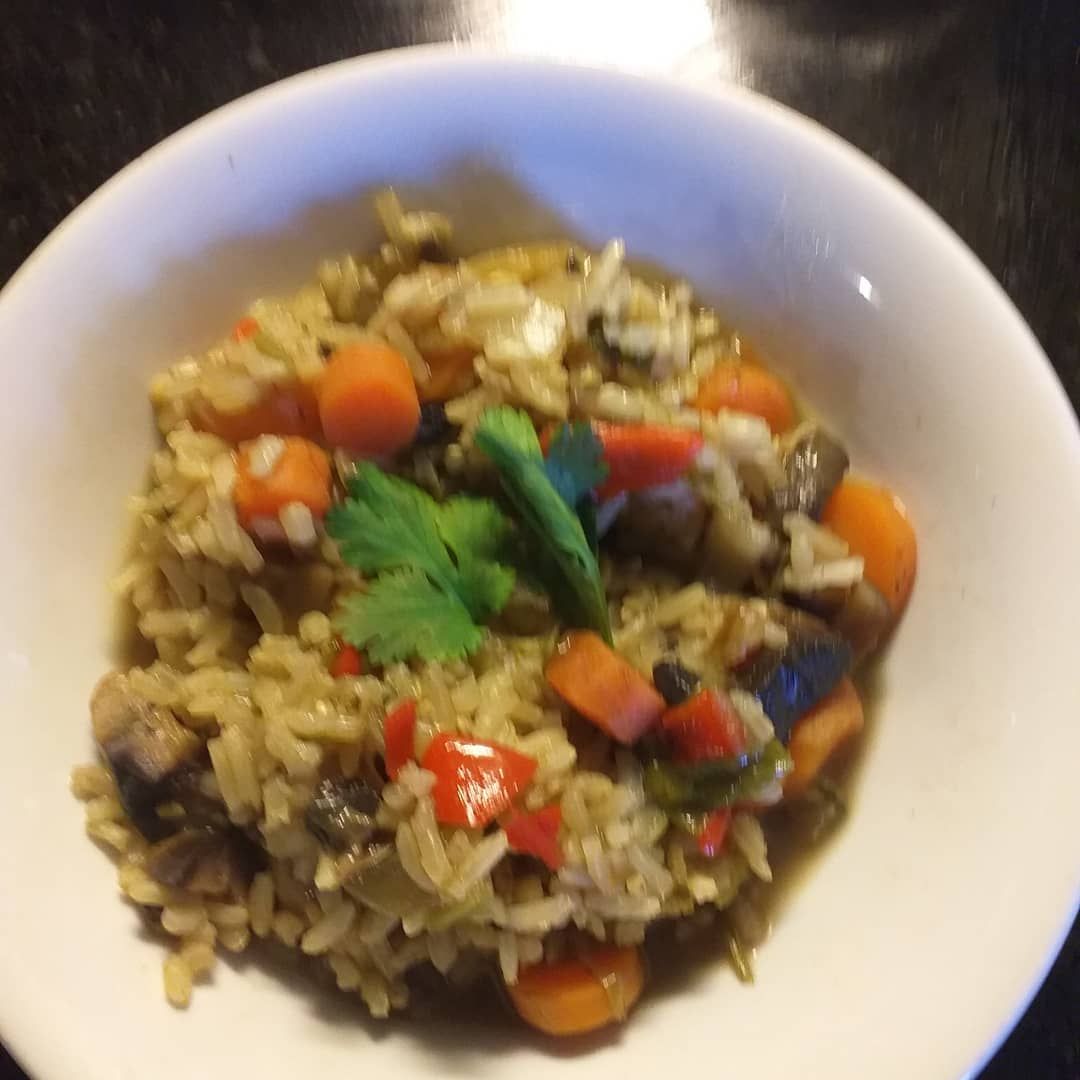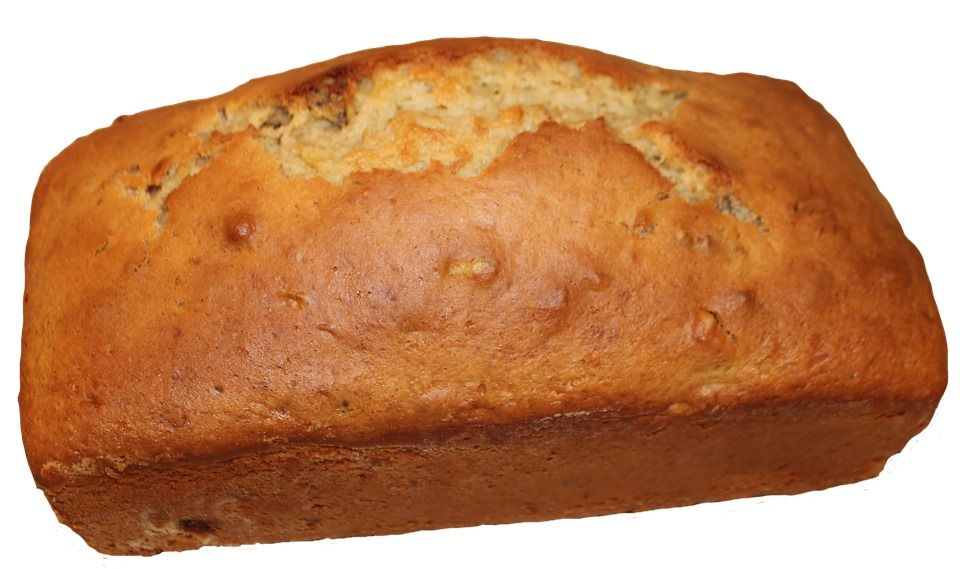Going Going Ginger
Posted on
 Whether you know it or not ginger is something that you probably have pretty often in any ready meals, soups and sauces and sweet dishes. It is a great way to add flavour to your dish providing you do so with subtly.
Whether you know it or not ginger is something that you probably have pretty often in any ready meals, soups and sauces and sweet dishes. It is a great way to add flavour to your dish providing you do so with subtly.
Ginger is a herb and is usually bought in powdered form. The root ginger, which is the thing that you might buy coated in suger crystals for travel sickness or queeziness, is the true herb and as the name suggests is a root. If you actually grow your own ginger it is very easy and although the plant itself is a bit spindly they produce almost secretly a clump of small pretty flowers within a clump of the stalk. There is also an ornamental Ginger plant where the flowers are more significant.
The difference between using powdered ginger and ginger root is as different a fresh nettle and tea bag nettle tea. There is no comparison.
This is an update from a short video I made showing me planting a ginger root experimentally to see how it would grow. https://youtu.be/nXIONn9UQE8
Ginger is considered a must for super health for the following reasons (although a doctor should be consulted for any health condition and there are some contra indications for certain medication) :
It is well considered to be good for any kind of sickness and for soothing the stomach and helping with digestion. It is a calmative.
It is often depended on to support prevention and recovery from colds. Often taken sliced with lemon and honey or an alternative sweetener in hot water.
It is said to be great for the heart and for pain as it is a stimulant and so increases the metabolism. So great for help with cholesterol too. Here the contra indication raise their head. Any medication that is controlling or stimulating your metabolism is careully calculated and any interference is best run by the professional who precribed them.
People with oesteoarthritis have said that ginger greatly reduces the pain.
It can also be used topically by squeezing the oil from a chunk of the root and mixing with a little olive or almond oil or adding to a non perfumed cream. Don't forget that the ginger is still able to enter your blood stream through your skin.
Add a slice of ginger to your daily water for a subtle taste that is healthy
Some of the more obvious culinary uses are - well.... ginger biscuits, gingerbread, pineapple and ginger pudding and so much more.
So give growing ginger a go and let us know how it works out.

